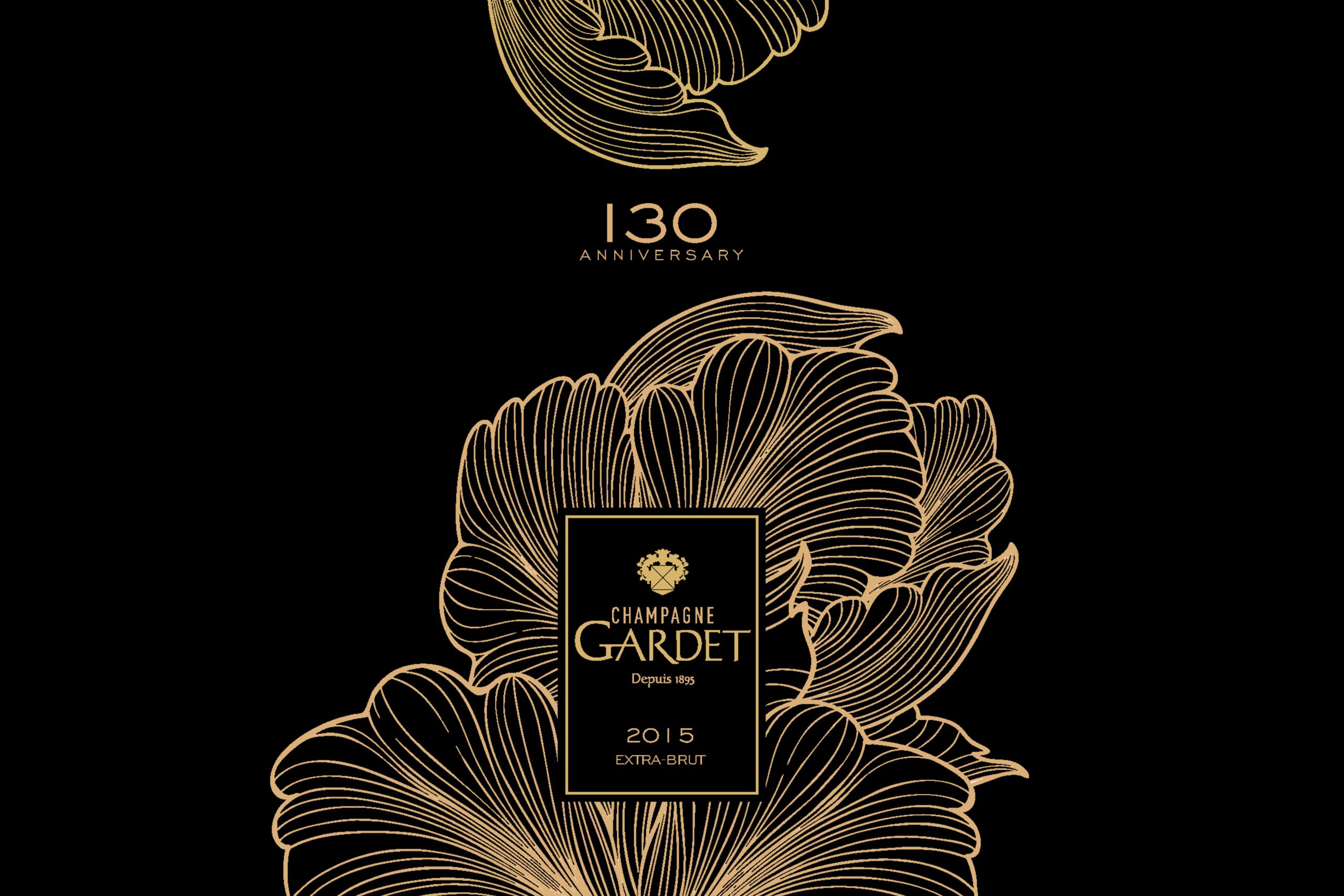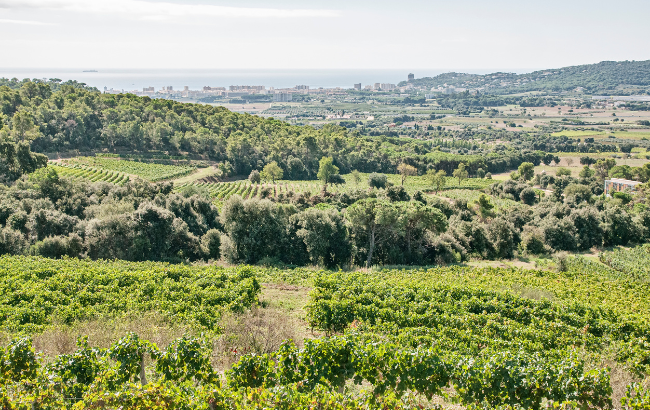140-year-old vines to lead Chile’s ‘Malbec revival’
By Darren SmithA rescue project is under way to revive Chile’s Malbec heritage after the discovery of 140-year-old Malbec vines in Bio-Bio.
The 140-year-old Malbec vines discovered in San Rosendo cover an area of just 5ha (Photo: Andes Wines)
The Rescue Plan for Centenary Chilean Malbec aims to establish the San Rosendo region in Bio-Bio as the centre of old-vine Malbec production in Chile, as well as confirming its place in the history of Malbec cultivation in South America, said Andes Wines CEO Maximiliano Morales, who is leading the project.
The initial discovery of the old Malbec bush vines was made at the end of 2011. Unidentified grapes were found growing among PaÍs vines. Amphelographic test confirmed that they were Malbec with an age of more than 140 years, Morales said.
Four local farmers – Jose Luis Rozas, Angelica Cuevas, Hector Espinoza and Manuel Escobar – produced an experimental vintage from the centenarian Malbec in 2012.
Since then, three major producers – Juan Ledesma (Terroir Sonoro), Francois Massoc (“Clos de Fous”) and Mauricio Gonzalez (Tinto de Rulo Vineyards) – have begun to bottle wines with Malbec grapes from San Rosendo. All of the wines have been priced above $20 (£13) per bottle and are expected to reach much higher prices, Morales said.
Despite the interest of these winemakers, the majority of grape producers in San Rosendo have not be able to continue producing wines, Morales added. This led to Andes Wines applying to the Chilean government to co-finance the Rescue Plan for Centenary Chilean Malbec.
The San Rosendo vineyards had been almost completely abandoned until the rescue project was established. For many years its País grapes were used to make “pipeño” (an inexpensive local table wine). The grapes now identified to be Malbec were discarded because they were considered too dense in colour and too strong in aroma.
Now Andes Wines is beginning to succeed in re-establishing this small surviving Malbec-growing area, as evidenced by the exponentially higher price now paid for grapes from these old vines – before the project began, the grapes sold for 10 cents per kilogram. Now, a kilo now commands a price of more than US$1.30.
Andes Wines aims to market San Rosendo’s old-vine Malbec as ‘Malbec Centenario’ (Photo: Andes Wines)
The next challenge for the project is to establish the production of old-vine Malbec from San Rosendo to target the global market.
“The great obstacle faced by local producers to compete with the Central Valley wines is the commercialisation of wines in the domestic market, as well as label image,” Morales explained.
“For this reason, we are developing plans to build a collaborative wine cellar so we can separately elaborate the wine of each producer,” he said, adding that several major Chilean wineries were considering bottling the wine as San Rosendo “Malbec Centenario” to identify the wine on the global market.
So far four limited-production wines have been released containing Malbec from San Rosendo.
The wines are: a blend of Malbec, Carignan and Carmenère called Tocao under Massoc’s Clos de Fous label, which sells for $95 in Chile; two wines – El Tartufo and Terroir Sonoro – byby Ledesma and one from Mauricio Gonzalez of Tinto de Rulo.
Partner Content
Morales said the project also aims to create an “Investigation Centre” and had “several lines of research” aimed at re-establishing Chile’s place in the history of Malbec cultivation in South America.
Working with Pablo Lacoste of the University of Santiago, the project has found that there were originally around 400ha of Malbec in the San Rosendo region.
Malbec’s arrival in South America
Originally from Cahors in south-west France, Malbec arrived in south America in the 19th century.
While it is often assumed that the grape was first introduced to Argentina, the first French Malbec vines were in fact introduced to Chile in the 1840s (French agriculturalist Michel Pouget brought the grape to Argentina in 1868).
Argentina is the global centre of Malbec production, with Mendoza by far the biggest producing region (Photo: Flickr)
It was in the 1840s that Chilean authorities began to look towards France for ways to improve its viticulture. and winemaking. Specialists such as René Lefebvre, Claudio Gay and Michel Pouget were instrumental in establishing French vines and winemaking techniques.
New institutions such as the National Society of Agriculture (Sociedad Nacional de Agricultura), founded in 1838, and the Quinta Normal de Santiago, founded in 1841, laid the foundations for creating wine from European grape varieties on Chilean soil.
This trend extended to Argentina, with the establishment of the Quinta Normal de Mendoza, following the Chilean model. Between 1853 and 1890 Malbec vines were planted in a variety of different soils and climates in Mendoza, Argentina.
While Argentina is estimated to have around 27,000ha of Malbec vines, Chile is a relatively minor grower with just over 1,000ha in 2008.
The drinks business reported last year how Chile was witnessing a “Malbec revival”, with producers seeking to isolate old-vine Malbec for their top-end wines.





Good to know that the project we started 3 years ago has to many press. Its an honour to make every year this grapes. It was an honour to be in the right place in the right moment and had good friends like Francois Massoc and Victor Vasquez. This encounter was the most trascendent thing in my career. BioBio Rules
I have a project planned for Rari Colbun District and would like to know if there is a way to “save” some of these plants and even create a new growing area for these or orher plants at risk.
DEar Bret, tell me more about your project at info@valledelitata.cl